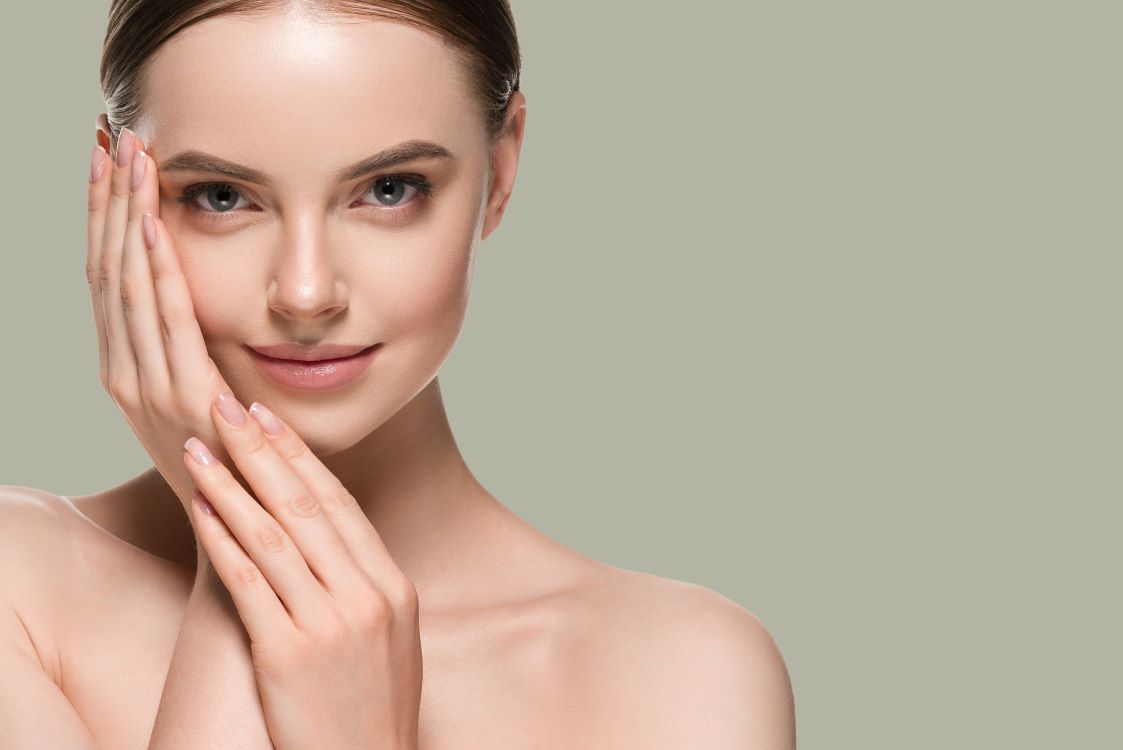Prejuvenation has become a popular keyword on social media where influencers share their stories about receiving prejuvenation treatments. Some even post videos of the procedures themselves. Like most dermatologic treatments that go viral, prejuvenation can be very beneficial. In fact, prejuvenation is something everyone should be doing to an extent. According to Dr. Young McMahan of U.S. Dermatology Partners in Waco, Texas, “No one wants their age to be written all over their face, and dermatologists treat many older adults who are looking to turn back the clock. Prejuvenation is an approach to dermatology that strives to slow the progression of skin aging to keep patients looking younger longer. That starts with at-home care that prevents sun and environmental damage. It may also incorporate dermatologic care.” In this blog, Dr. McMahan discusses what prejuvenation is and how you can develop a personalized prejuvenation plan with your dermatologist.
What Is Prejuvenation?
Prejuvenation is a play on the word rejuvenation. As Dr. McMahan mentioned in the introduction, many people seek rejuvenating dermatologic treatments after skin damage has already occurred. Instead of waiting for skin damage to accumulate, the thought process behind prejuvenation is to prevent skin damage and other issues before they even begin. Defining prejuvenation, Dr. McMahan says, “Prejuvenation is a dermatology treatment philosophy more than it is one specific treatment or set of procedures. Some aspects of prejuvenation are entirely on the patient as part of their daily skincare routines. Numerous dermatologic treatments may be incorporated into a prejuvenation plan to keep skin looking healthy and beautiful. The goal is always to help our patients age gracefully and feel confident in their appearance at any age.”
To create a prejuvenation plan, patients will partner with a dermatologist to develop an effective, preventive skincare routine. Additionally, they may wish to incorporate a range of dermatologic treatments, including neurotoxin injections, dermal fillers, dermabrasion, chemical peels, and laser therapies. These procedures may be recommended once a year or more frequently as needed.
Prejuvenation Treatment Options
There are a myriad of dermatologic treatment options that can be beneficial as part of a prejuvenation plan. According to Dr. McMahan, “Before recommending any dermatologic treatment for my patients, I’ll begin with a careful examination, talk through their current skincare routine, review personal and familial health history, and discuss their goals. I want to make sure they have appropriate expectations and receive dermatology treatment that’s right for their needs.”
Some of the treatments that may be recommended as part of prejuvenation plans include:
- Botox – injections of botulinum toxin and other neurotoxins like Dysport, Juveau, etc used to prevent unconscious muscle movements that lead to fine lines and wrinkles. Dermal & Soft Tissue Fillers – increase facial fullness and smooth out wrinkles. May be used as part of prejuvenation for those who naturally develop lines and wrinkles at younger ages or to create a smooth, full appearance.
- Laser Skin Resurfacing – these treatments remove the outer layers of skin to stimulate collagen production and reveal healthier, new skin cells below. Our dermatology offices utilize a variety of innovative laser skin resurfacing technologies, including Broad Band Light (BBL) photofacials, Halo Laser Skin Resurfacing, MOXI Laser Treatment, and CO2 Laser Resurfacing.
- Clear + Brilliant Laser – laser treatments improve the overall appearance, texture, tone, and elasticity of the skin.
- IPL Photo Rejuvenation – uses pulses of light to cause tissues and blood vessels deep beneath the skin’s surface to constrict, which improves the appearance of skin redness and wrinkles.
- Microdermabrasion – like laser skin resurfacing and chemical peels, this procedure uses a special tool to apply an abrasive material that removes the outer layers of skin, revealing healthier skin below.
- Microneedling – a non-invasive treatment that accelerates skin cell turnover. The buildup of dead skin cells that aren’t shed makes fine lines, wrinkles, and other textural irregularities more noticeable. Increasing skin cell turnover diminishes the appearance of these signs of skin aging.
- Chemical Peels – chemicals are applied to the skin to expose healthier new skin cells and stimulate healing.
- Platelet-Rich Plasma (PRP) Therapy – this treatment involves using the patient’s own blood platelets to stimulate collagen and elastin production, leading to healthier-looking, smoother skin.
At-Home Preventive Skincare Measures
In addition to dermatologic treatments, prejuvenation also requires good at-home skincare. A good prejuvenation skincare routine should include the following elements:
- Sun protection – sun damage is one of the leading causes of skin aging, so protecting against sun damage is essential. You’ll want to find a sunscreen that protects against both UVA and UVB rays and offers an SPF of 30 or higher. One great option for a more youthful appearance is the ISDIN Eryfotona Ageless SPF 50, which is great for aging and sun-damaged skin. Another dermatologist-recommended sunscreen is MD Skin Essentials Silk Shield. This product is effective for all skin types.
- Antioxidants – skincare products with antioxidant ingredients (like vitamins C and E) protect skin from free radical damage. This can occur when the skin is exposed to sunlight, pollutants, and other environmental irritants. SkinCeuticals Vitamin CE Ferulic is one of the leading antioxidant serums, and it’s a beneficial addition to any prejuvenation skincare routine. MD Skin Essentials Fortify is another excellent antioxidant serum that combines vitamins C and E with ferulic acid and lactic acid for a hydrating boost.
- Retinols – these products remove dead skin cells and stimulate collagen and elastin production. They are essential to reverse and prevent photoaging. Retinols should be used as part of the evening skincare routine as they can cause sun sensitivity. Retinols can cause skin inflammation, dryness, and other side effects, so consult with a dermatologist before beginning retinol use. MD Skin Essentials Energize is a good option for most skin types. It uses a low dose of retinol and incorporates skin-soothing ingredients to offset potential side effects.
Benefits of Prejuvenation
When it comes to the benefits of prejuvenation, Dr. McMahan says, “Keeping skin looking youthful and healthy is significantly easier than restoring a youthful appearance after damage has already occurred. The main benefit of prejuvenation is simple – you’ll look better and feel more confident as you age. Keeping skin healthy and youthful, aging more gracefully, and feeling your best and most confident are all benefits of prejuvenation.”
Create Your Prejuvenation Plan with a Skilled Dermatologist
If you’re interested in starting a prejuvenation plan, the U.S. Dermatology Partners team would love to hear from you. To schedule a consultation with a local dermatology practice, simply complete our scheduling request form online. A local practice will be in touch to finalize the details of your visit.
Find a location near me
or


